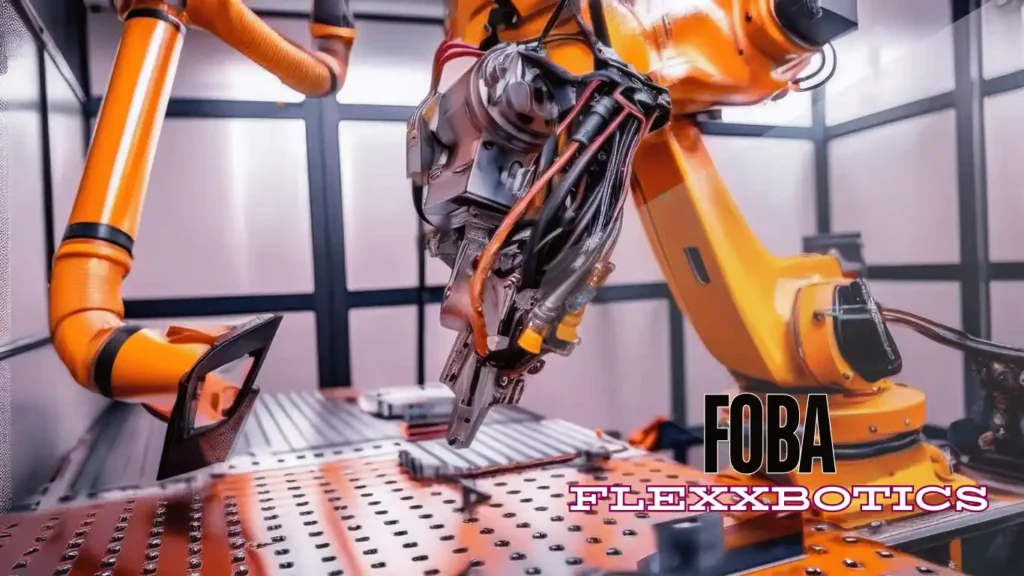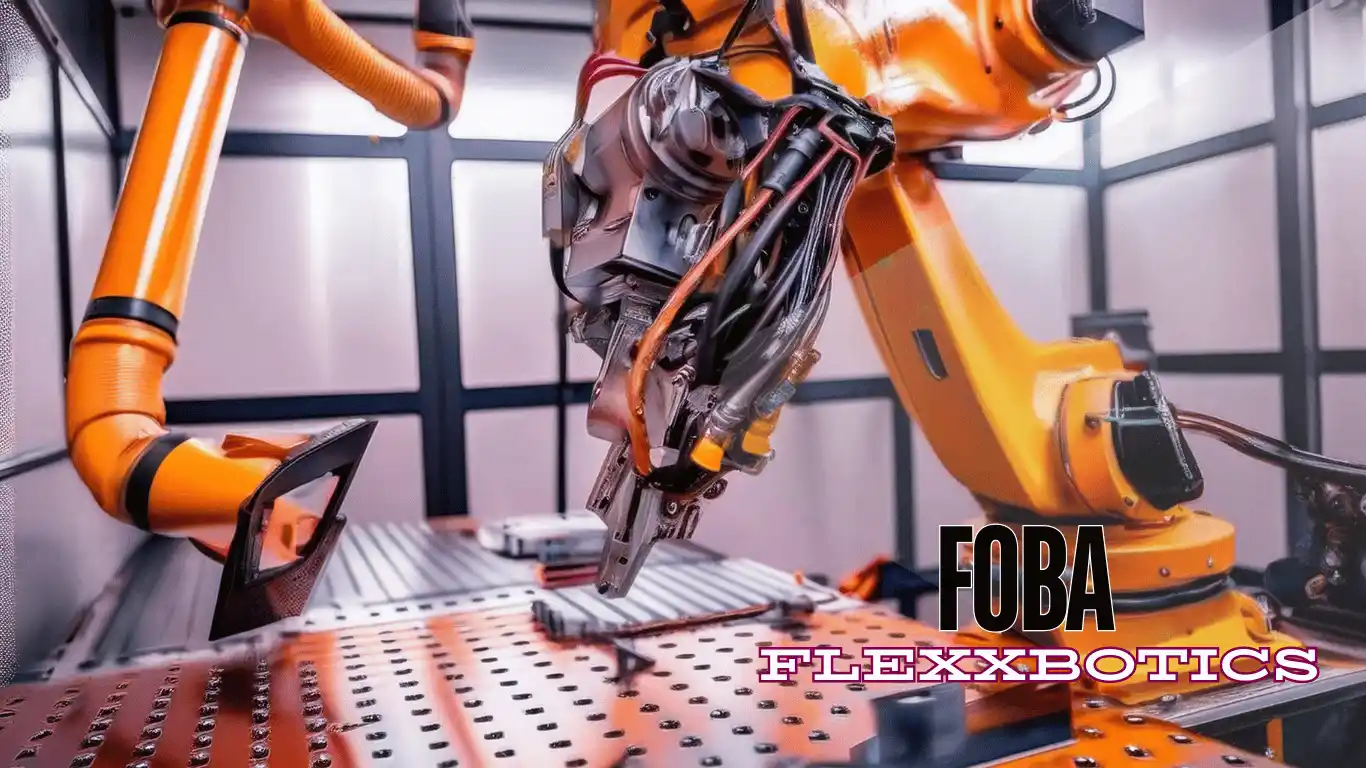In a groundbreaking development for manufacturing, FOBA Laser Marking + Engraving has partnered with Flexxbotics and Universal Robots to transform laser marking operations through advanced robotic machine tending. This collaboration aims to address capacity constraints and labor shortages while significantly boosting throughput and marking quality.
Laser marking, crucial for unique part identification (UID), compliance, and branding, often faces bottlenecks that can severely impact product delivery and sellability. The integration of collaborative robotic automation with lean manufacturing principles promises to alleviate these issues, maximizing throughput, ensuring quality, and minimizing waste.
Jeffrey A. Kniptash, FOBA’s Sales Manager for Americas, emphasized the enhanced return on investment, stating, “Connecting robotic machine tending with our FOBA laser marking solution using Flexxbotics provides an even greater Return on Investment. This enables autonomous process control, removing bottlenecks and delivering continuous operation.”
The partnership leverages Universal Robots’ collaborative robots and Flexxbotics’ digitalization technology to dramatically increase the machine-to-man ratio, potentially reaching 10:1 or higher. This advancement allows for safe “lights out” operations, leading to increased capacity, unparalleled precision, and improved profit margins.

A key feature of this integration is the communication between Flexxbotics and FOBA‘s integrated camera system, enabling vision-based inspection and closed-loop feedback for autonomous process control. This system coordinates with FOBA’s three-stage HELP (Holistic Enhanced Laser Process) marking process, ensuring thorough part inspection, automatic mark alignment, and post-marking validation.
Tyler Bouchard, Co-founder & CEO of Flexxbotics, highlighted the particular value of this combination for industries with stringent regulatory requirements, such as medical devices, aerospace, and defense. He noted, “With Flexxbotics and FOBA together, customers can optimize cycle-time, expand capacity, and increase profit per part.”
This innovative approach to laser marking is set to redefine manufacturing standards, offering a solution that not only addresses current industry challenges but also paves the way for more efficient, precise, and profitable operations in the future.
Read more recent news:
- 3D Printed Homes Steal the Spotlight at America Makes Event
- Engineers explore cellulose nanofibrils to improve 3D-printed concrete
- Ireland’s First 3D Printed Homes Underway in Dundalk
- Rocket engine startup Ursa Major launches new 3D printing lab in Ohio
- UpNano develops process for 3D Prints Micro Quartz Marvels
Alexa Sipes is a U.S. tech journalist with 5 years of experience, now writing for 360TechInsights. She covers emerging technologies and industry trends across North America, Europe, and Asia. Sipes’ concise reporting offers readers valuable insights into the latest tech news, innovations and the companies behind them.
Feel free to reach out to me at AlexaSipes@360techinsights.com.




